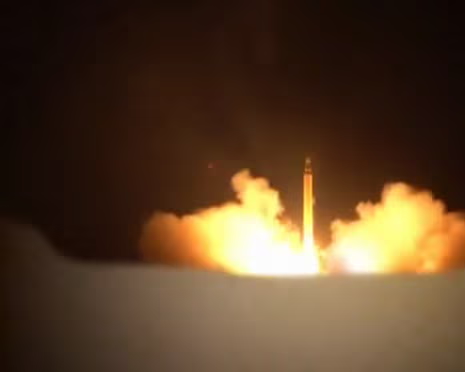In a move that sent shockwaves through the global aviation industry, Qatar announced the temporary but total closure of its airspace on Monday, June 23, 2025. The drastic decision was a direct response to a brazen Iranian missile attack on the Al Udeid Air Base, the largest and most strategic U.S. military facility in the Middle East, located just outside the Qatari capital of Doha. The airspace has since reopened, but the incident caused significant disruption and underscored how quickly regional military conflicts can impact civilians and commerce worldwide.
The closure turned Qatar, a tiny Gulf nation and a massive international travel hub, into a no-fly zone, grounding its flagship carrier, Qatar Airways, and forcing dozens of international airlines to divert flights, cancel services, and navigate a suddenly much more complicated and dangerous Middle Eastern sky.
The Attack That Grounded a Nation
The crisis began on Monday evening when Iran launched a barrage of short and medium-range ballistic missiles at the Al Udeid Air Base. The attack was a direct retaliation for US strikes on Iranian nuclear facilities days earlier. As the missiles streaked across the night sky, explosions were heard across Doha, and residents captured dramatic footage of air defense systems lighting up the darkness to intercept the incoming threats.
While Qatari and U.S. forces successfully intercepted nearly all the missiles, preventing any casualties or significant damage, the act of firing ballistic missiles towards a densely populated capital region forced the Qatari government to take immediate and decisive action to protect lives, both on the ground and in the air. The government’s priority shifted instantly to preventing a catastrophic civilian aviation incident in a conflict zone.

Global Aviation Thrown into Chaos
The announcement of the airspace closure was swift. Citing the need to ensure the safety of its people and visitors, Qatar’s Ministry of Foreign Affairs grounded all flights. The impact was immediate and massive. Hamad International Airport in Doha, one of the busiest and most important transit hubs in the world connecting Europe, Asia, and North America, effectively shut down.
Qatar Airways, the national airline, suspended all its operations. According to flight tracking data, around two dozen of its flights were diverted mid-air, with some turning back to their points of origin. A flight from London, for example, was rerouted back to the UK.
The ripple effect was felt globally:
- Major Airlines Respond: Carriers like British Airways, Lufthansa, Singapore Airlines, and Air France immediately canceled or rerouted flights that were scheduled to pass through Qatari airspace.
- Regional Shutdown: The crisis quickly spread as neighboring countries, including the United Arab Emirates, Bahrain, and Kuwait, also temporarily closed their airspace as a precautionary measure, creating a massive bloc of restricted sky in the heart of the Middle East.
- Economic and Logistical Strain: For the airlines that continued to fly, the closures meant lengthy and expensive detours around the conflict zone, primarily through Saudi Arabian and Egyptian airspace. This led to increased fuel consumption, longer crew hours, and significant delays for passengers.
In its official statement announcing the shutdown, Qatar’s Ministry of Foreign Affairs emphasized its core responsibility. “As part of the State of Qatar’s keenness to ensure the safety of its citizens, residents, and visitors, the relevant authorities announce the temporary suspension of air navigation in the country’s airspace, as part of a set of precautionary measures taken based on recent developments in the region.”
A Fragile Return to Normalcy
The airspace shutdown lasted for several hours. In the early hours of Tuesday, June 24, after the immediate threat subsided and the security situation was reassessed, Qatar announced that its airspace was reopening. Hamad International Airport began to slowly resume operations, and Qatar Airways confirmed it was reinstating flights, focusing on helping stranded passengers get to their destinations.
However, the return to normal is expected to be slow and fraught with challenges. Airlines must now deal with a significant backlog of canceled flights and displaced passengers. The logistical puzzle of getting crews and aircraft back on their correct schedules will likely cause delays and disruptions for days to come.
Conclusion
The temporary but total closure of Qatar’s airspace serves as a stark illustration of the far-reaching consequences of military escalation in the modern, interconnected world. The Iranian missile attack, though successfully thwarted, managed to disrupt a critical node in the global transportation network, affecting thousands of travelers and businesses far removed from the immediate conflict.
While the skies over Qatar are now open again, the incident has left a lingering sense of vulnerability. It is a powerful reminder that in today’s geopolitical landscape, the shockwaves from a regional conflict can be felt across the globe in a matter of hours, turning a distant political crisis into a very real and personal disruption for people everywhere.
Stay woke. Stay tuned. Stay with AKEWE NEWS.